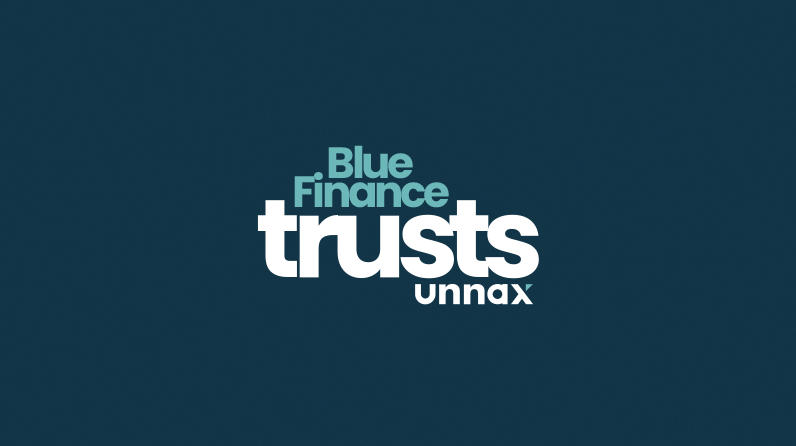Financial innovators have never had this many resources at their fingertips. Thanks to Open Banking, financial services companies can leverage financial data and instant payment technologies to build innovative products and services. Account aggregation and payment initiation are the key to doing so.
However, businesses need to be careful of adding undue complexity to their products and infrastructure because the greater the complexity of a system, the less scalable it becomes. As many in the financial sector have discovered, using too many APIs across various providers can create a telltale set of problems that ultimately hinder innovation.
The six tech multipliers harming financial innovation
While helping financial service companies innovate, we’ve identified six factors that hinder, not support innovation. These issues all stem from using multiple different providers to build a technology stack. Together, their effects multiply, creating more problems for the businesses than they solve.
The integration multiplier
Integrating an API, on the surface, is a straightforward process. Developers simply need to put in the right lines of code to make the relevant GET and POST requests. However, different providers read, package, and ship their data differently.
Developers must translate the data they receive and transmit to keep information homogeneous and processes moving smoothly. When a product has multiple providers behind it, each one’s specific formats need translation before deployment. This process multiplies, quickly engulfing developers’ valuable time and attention.
Maintenance multiplier
After integration, IT teams need to maintain each API and dependent functions. When companies depend on multiple providers to power their product offerings, this maintenance becomes a juggling act. As the number of providers increases, so does the amount of resources needed to ensure business continuity. For financial services firms, this dependence is even more pronounced, as the risks involved with handling money are immense.
The support multiplier
When APIs stop working correctly, DevOps teams will raise tickets with their providers. Unfortunately, when there are multiple providers across a product stack, the time and difficulty to resolve issues multiplies. After all, no two firms provide equal service, despite what the SLA says.
It can often happen that one provider’s slower support response time impacts the entire workflow. When that happens, customers begin to notice, and client-facing teams must spring into action, providing manual workarounds. In the time-driven financial sector, depending on varying SLAs across many providers exposes the company to outsized risks.
The customer journey multiplier
A rich customer journey is crucial for success in today’s competitive financial services industry. This experience begins during the onboarding process at the first interaction with KYC and AML checks, before continuing. Users will then make payments, request credit, and demand insights into their spending habits.
Each one of these processes traverses a different vertical. When innovators use numerous providers to build this journey, the customer experience can suffer. If one provider’s method is more tedious or error-prone, users will immediately notice. What’s more, unreasonable waiting times between steps cause frustration, damaging UX — and retention — in the process.
The time multiplier
Integrating and maintaining an API takes a considerable amount of time. As an innovator adds different sources, time multiplies behind it. As product complexity increases and operations scale, the amount of time needed to integrate, maintain and QA multiple different technologies grows exponentially.
The cost multiplier
Each provider has an overhead that they factor into their selling price. Using more providers means paying higher expenses. In the hyper-competitive consumer finance industry, cost control is the difference between success and failure. As a rule of thumb, the more things you buy, the cheaper each thing is. Therefore, purchasing and paying for each piece of your technology stack independently will generally result in higher costs than using a single provider.
Stop multiplying and unify
Innovators looking to simplify their products and not multiply problems should look for unified providers. By keeping the number of external partners to a minimum, financial services companies can be leaner and more agile. Here’s why.
A single guide across the entire journey
Using one provider turns the customer journey from a perilous ascent to a casual walk in the park. Chaining multiple processes like ID verification and AML checks into one API call vastly accelerates onboarding. With fewer touchpoints, a new user can go from signing up to engaging in paying services faster than platforms that must call and depend upon numerous providers.
Once onboarded, the customer journey remains unified since both data and technical specifications are homogenous across the product stack.
Effortless integration
Using a unified provider makes the integration process seamless. Instead of plugging into an array of APIs, developers can work with one set of standards across all verticals and stacks. In turn, innovation gets unleashed, creating exciting, client-centric financial products.
Fewer costs
Using one provider means unifying and lowering costs. With less overhead to worry about, financial companies can become more competitive without sacrificing profit margins.
Better service and support
Working with a unified provider opens the door to more comprehensive customer service and support. Instead of relying on varying SLAs, IT departments can address their issues through a single channel.
As a bonus, this exclusive relationship fosters deeper partnership and collaboration between client and provider. If an innovator wants to make a feature request, they’ll only need to speak with one account manager. For financial services companies, being able to address all aspects of a product request at once allows them to move fast and win new business.
Focusing on what matters
Finally, by using a unified solution, financial innovators can fully concentrate on what matters: innovation. APIs can bring tremendous value and with fewer of them to integrate, deploy, and maintain, that value grows exponentially.
Unnax is the only Open Banking provider that unifies onboarding solutions, bank aggregation, payments, and emoney services under the hood of a single API. Our tools cover the entire journey from anonymous user to paying customer and help financial businesses reach their goals with less unexpected overheads and grunt work.
Financial innovation today means embracing Open Banking, SaaS, and APIs. While the prospects for success are there, so too are the potential for unintended problems. Therefore, minimizing — not multiplying — issues is indispensable for any financial company wanting to stay on top.







